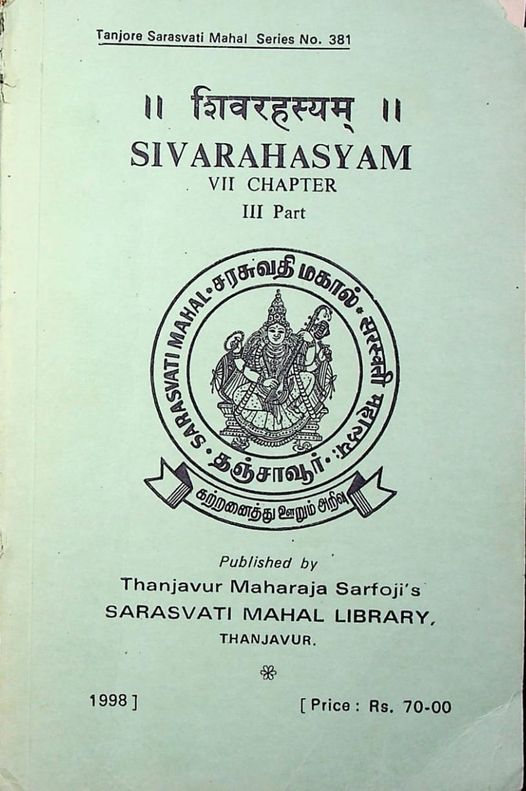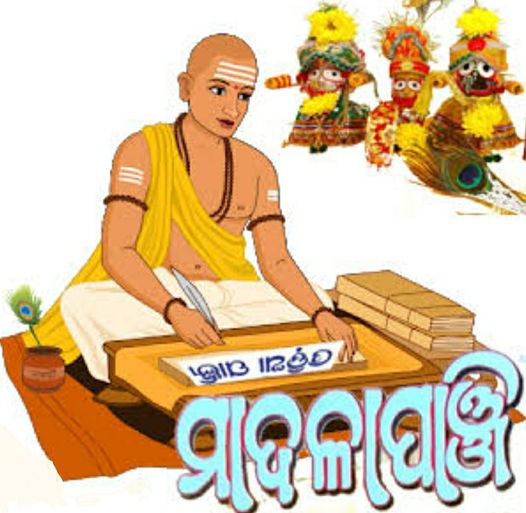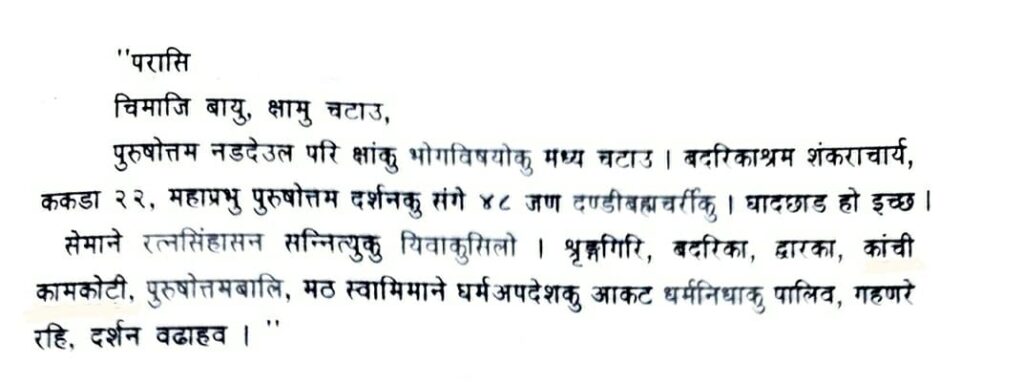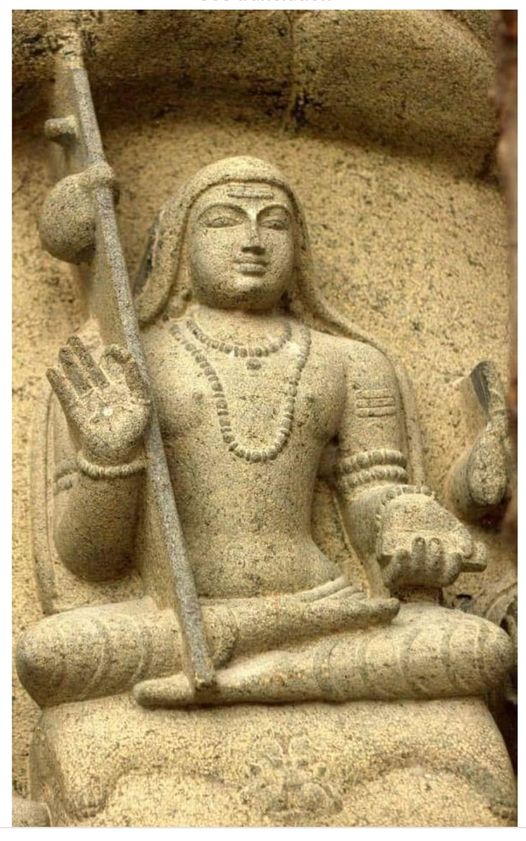The twentieth Chapter (Seventh Amsa) of the Shivarahasya speaks of the greatness of Kanchi and the Kotitirtha mahatmyam and Ekamreshvara and how praying to Shri Kamakshi and Ekamranatha removes all papas.
It is also noteworthy to add here that there is a Vishveshvara temple and a Muktimandapa on the banks of Sarvatirtha just as there is in Kashi.
Shiva says, “O Devi! Where Vegavati nadi flows, there is a city named Kanchipuri. There even Brahma and other devas always desire to live. My lingasvarupa named Ekamresha is there, the darshana of it removes all papas instantaneously”.
देवि काञ्चीपुरी काचिद्यत्र वेगवती नदी ।
तत्र वासमपेक्षन्ते नित्यं ब्रह्मादयः सुराः ॥
एकाम्रेशाभिधं लिङ्गं तत्रास्त्येकं मदात्मकम् ।
तद्दर्शनेन पापानि विनश्यन्ति क्षणादिव ॥
Vishnu details the story of a famine that lasted for many years.The Rshis went to Gautama and Gautam due to his tapobala created food. The Rshis then created a fake cow to eat the nivara dhanya and sent it to Gautama. Seeing the cow, Gautama Maharshi threw a blade of grass and the cow fell down and Gautama thought he had committed gohatya.
Later knowing the action of the Rshis, he cursed them that they will lose shraddha in the vedokta bhasma and rudraksha dharana, Somavara vrata, Shivaratra vrata and even faith in Kashivasa and lose Shivabhakti. The Rshis were crestfallen.
Vishnu then continues that all efforts must be taken not to attain this state of “ashaankaratva” and one must do Shivapuja. He further instructs Brahma to worship knowing that this devi of divine form the mother of Brahma, Vishnu, Shiva and Indra as Kamakshi.
ब्रह्मविष्णुशिवेन्द्रादिजननी दिव्यविग्रहा ।
कामाक्षीति विचार्याब्जसम्भवैनां प्रपूजय ॥
Thus Shiva concludes that Brahma as instructed by Vishnu staying in Kanchipuram worshipped me, Ekamranatha with great effort.
महादेव उवाच
इत्युक्तो विष्णुना ब्रह्मा मामेवैकाम्रनायकम् ।
सम्पूज्यातिप्रयत्नेन काञ्चीवासं चकार ह ॥ (2/3)







